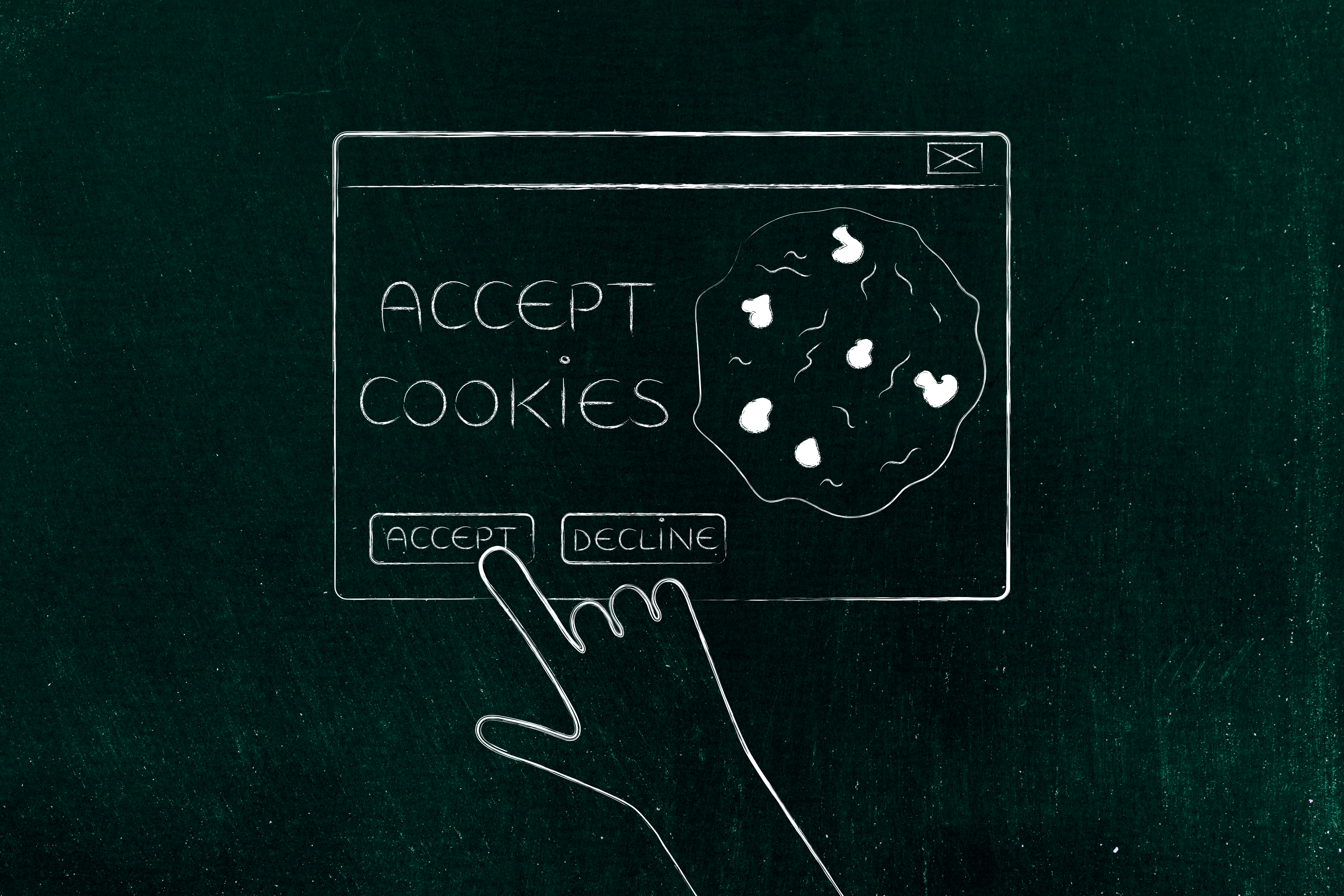How to Track Your Success in a Cookie-less World

Third-party cookies have been integral for so many businesses when tracking the success of their digital marketing efforts. So, when Google announced that it would eliminate third-party cookies by January 2022, many people became understandably concerned. While you might wonder how it might be possible to track and measure your success post-cookies, the fact is that there are alternatives available. In short, you don't need to rely on cookies to determine whether your campaigns are working.
Why Google Decided to Eliminate Third-Party Cookies
Firefox and Safari were the first browsers to block third-party cookies. Soon, Google will be making this move over time. While third-party cookies are currently blocked on both Safari and Firefox, Google intends to remove them over the next two years gradually. In place of cookies, Google wants to implement several technical solutions that can allow companies to track target demographics, only using less invasive and intrusive methods.
The main reason why Google is phasing out cookies is to improve users' privacy and security on the web, which is a move that certain tech giants are making—some more quickly than others. Simultaneously, Google doesn't want to compromise advertisers entirely, which is why they're gradually working to provide people with viable solutions in cookies' place.
Although advertisers won't track individual users through cookies any longer, the new technologies that Google is introducing will still enable them to track their success. Advertisers will ultimately find out through more anonymous details whether their ads are helping them meet their goals.
Why This Isn't the End of Tracking Your Success
Google, like Apple and Mozilla, has taken a clear stance regarding respecting online users' privacy. Still, the company also understands the need for advertisers to target audiences and track success. In January 2020, Google announced that it would launch a new initiative called the Privacy Sandbox, which would enhance privacy for users while maintaining an ad-supported online environment that would help publishers.
By integrating this Privacy Sandbox and other initiatives, Google hopes that third-party cookies will no longer be relevant. Google intends to provide advertisers with tools that would allow them to advertise through Chrome effectively, but with more anonymity that respects users' privacy.
At the same time, Google knows how essential cookies are to publishers’ advertising ecosystem, which is why they're taking their time to implement cookies' replacements. The company has also established how some proposed changes, such as using biometric fingerprinting technology to replace cookies, would worsen people's privacy.
As Google begins to eliminate third-party cookies, there are still ways you can track your ads and, when those cookies are completely removed, you'll have plenty of workarounds available. The fact is that advertisers don't need to worry about losing their tracking abilities at all, even if things may be a bit more challenging without third-party cookies.
Alternative Methods for Measuring Success
One of the upsides to Google's decision is that first-party cookies, i.e., the cookies your website generates for visitors to optimize UX, aren't going anywhere. Because of this, you'll be able to keep track of how people use your website and see which pages are driving results when people land on your domain. Unfortunately, your retargeting campaigns will struggle without third-party cookies enabling your ads to follow users on other sites they visit.
Retargeting ads may struggle with the complete elimination of third-party cookies. Still, the good news is that Google is learning from the mistakes that companies like Apple and Mozilla made when they immediately removed them. Both Safari and Firefox have seen specific issues that further compromise user information in some cases, such as enabling fingerprinting. Meanwhile, Google is working to more effectively secure user data while simultaneously giving advertisers access to relevant, essential data. This data can still help advertisers gauge the performance of their campaigns.
Some of the specific digital solutions advertisers can try to track user data include:
- First-party cookies that help advertisers determine how to improve their website's user experience
- The use of unique identifiers on websites, including user accounts and profiles
- Keyword targeting and corresponding impressions, views, and click-through rates
If you're worried about losing third-party cookies, you'll still be able to use specific contextual advertising strategies to track and measure your campaigns' success. Whether you track relevant keywords to see which drive the best results or follow users' on-site activity to identify leaks in your sales funnel, there are plenty of alternatives.
Don't Cry Over Spilled Milk
Google is jumping on the bandwagon of making the internet a more secure and private place for users, but this doesn't mean that your advertising has to suffer tremendously as a result. By tracking first-party cookies, using analytics and website metrics to track your marketing efforts’ performance, and using contextual advertising, you can get around this inconvenience.
Related Posts
Unveiling the Secrets: CoxNext Experts Answer 5 Vital Questions on Enrollment Marketing!
May 24th, 2023eCommerce Marketing Trends You Can’t Ignore
February 9th, 2023Creating a Seasonal Marketing Calendar
January 11th, 2023Implement These 4 Things Into Your 2023 Marketing Plan
January 4th, 2023How to Use Data to Better Strategize Your Marketing
September 21st, 2022Advertising on LinkedIn: How to Use Demographics for Better Ad Performance
September 7th, 2022Why You Need to Do Research Before You Begin a Campaign
August 24th, 2022How to Evaluate the Effectiveness of Your Ads
August 10th, 2022Categories
- Marketing Strategy (90)
- Digital Advertising (47)
- Digital Marketing (28)
- Content Marketing (17)
- OTT (16)
- ROI (13)
- Content Creative (12)
- Agency Partnerships (11)
- Social (10)
- Video (8)
- COVID-19 (7)
- Advanced Data (6)
- Research (6)
- Technology (6)
- Cox Enterprises News (5)
- Generational Marketing (5)
- Industry: Travel (5)
- Industry: eCommerce (5)
- Advertising Budget (4)
- Industry: Higher Education (4)
- Social Media Marketing (4)
- E-commerce (3)
- Podcasts (3)
- Recruitment Marketing (3)
- Search (3)
- Social Media (3)
- Branding (2)
- Inclusive Marketing (2)
- Industry: Cannabis (2)
- Industry: Home Improvement (2)
- marketing budget (2)
- CoxNext News (1)
- Industry - Automotive (1)
- Industry: Healthcare (1)
- Influencer Marketing (1)
- Podcast Advertising (1)
- Privacy (1)
- working with an agency (1)



.jpg)




.jpg)


